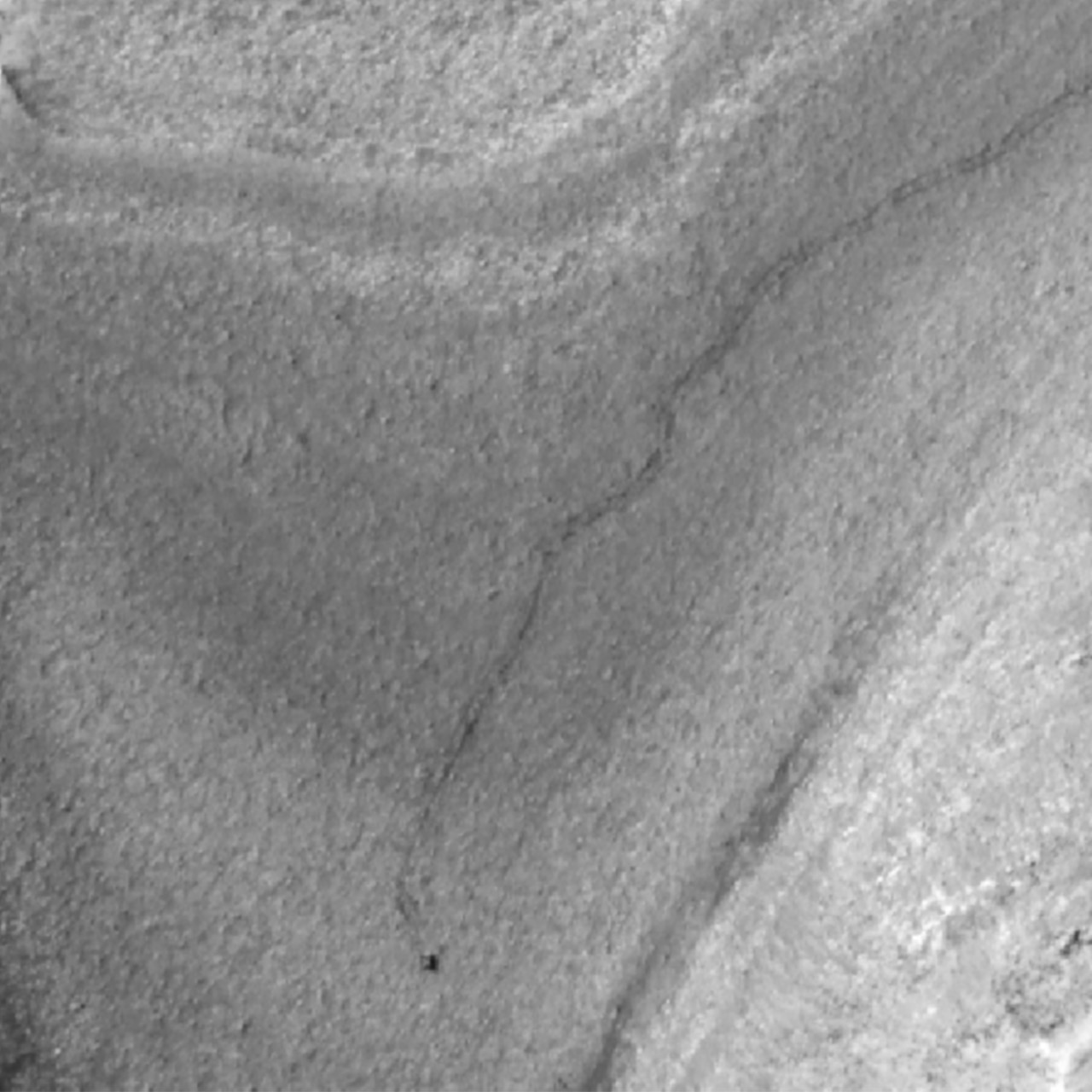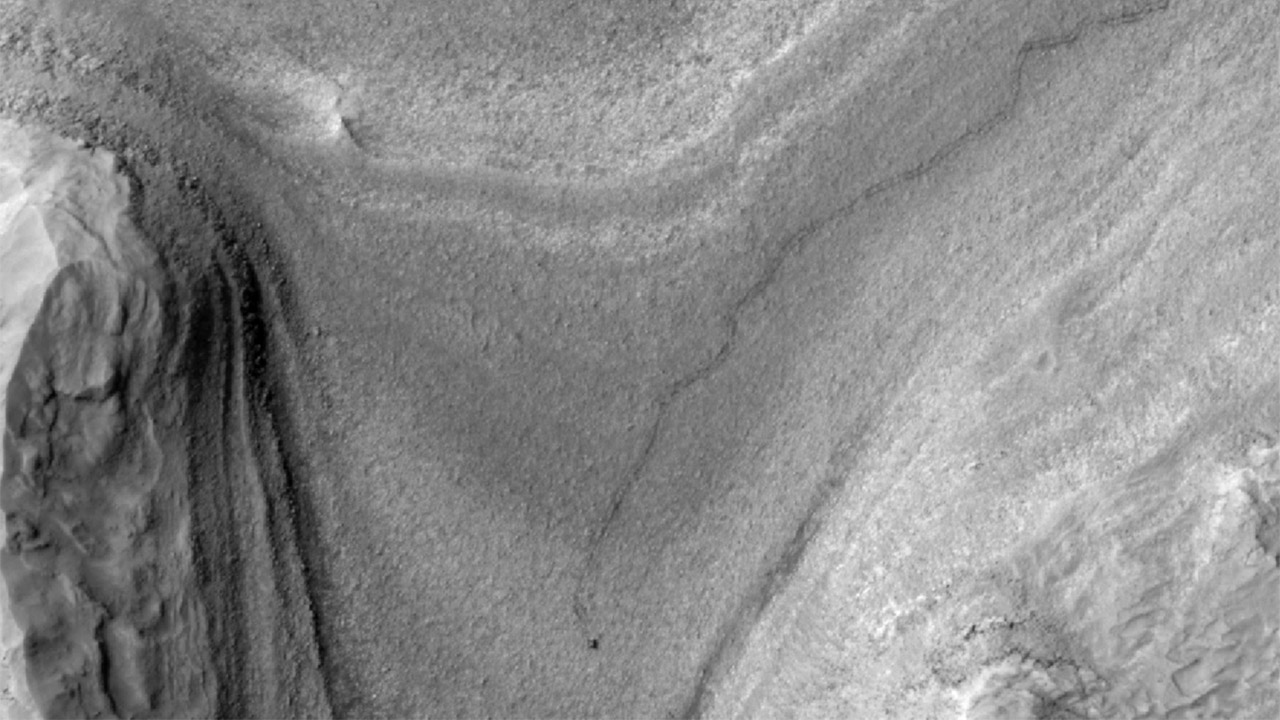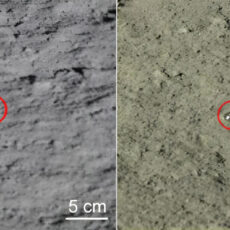
This incredible image, taken on February 28, 2025, captures NASA’s Curiosity rover as a tiny dark speck moving across the rugged terrain of Mars. What makes it special? It’s the first time Curiosity has been photographed mid-drive by an orbiting spacecraft.

You can see the rover’s tracks behind it, stretching about 1,050 feet over around 11 drives starting February 2, 2025. These tracks, made as Curiosity crawled along at a slow 0.1 mph, should last a few months before Mars’ winds wipe them away. The picture was contrast-enhanced to make the rover pop against the reddish, rocky ground. Curiosity is heading to an area with “boxwork” formations—web-like ridges that might have been shaped by groundwater billions of years ago, which could give hints about whether Mars was once habitable.
- Mars Rover toy for boys and girls aged 11+ – The LEGO Technic Mars Crew Exploration Rover space toy for kids is packed with realistic features so...
- A space toy filled with features – This space building toy includes an expanding truck bed, suspension, a moving crane, elevator, generator,...
- Rover expands and retracts – The model reflects how rovers adapt from being compact for transportation to expanding when they carry cargo after...

The photo was snapped by NASA’s Mars Reconnaissance Orbiter (MRO) using its High-Resolution Imaging Science Experiment (HiRISE) camera. MRO has been circling Mars since March 2006, checking out the planet’s rocks and weather while helping missions like Curiosity. The HiRISE camera is super strong, able to spot details as small as a few feet from orbit. This was a black-and-white shot because Curiosity was in the monochrome part of the HiRISE image.
Curiosity is roaming the Gale Crater, a 96-mile-wide (154 km) impact bowl with a central peak called Mount Sharp, where the rover has been climbing since 2014. The picture shows Curiosity moving away from the Gediz Vallis channel, a curvy feature probably carved by water and debris flows 3 billion years ago. The rover is now going west toward its next science spot, an area with those boxwork formations, first seen by MRO almost 20 years ago.










